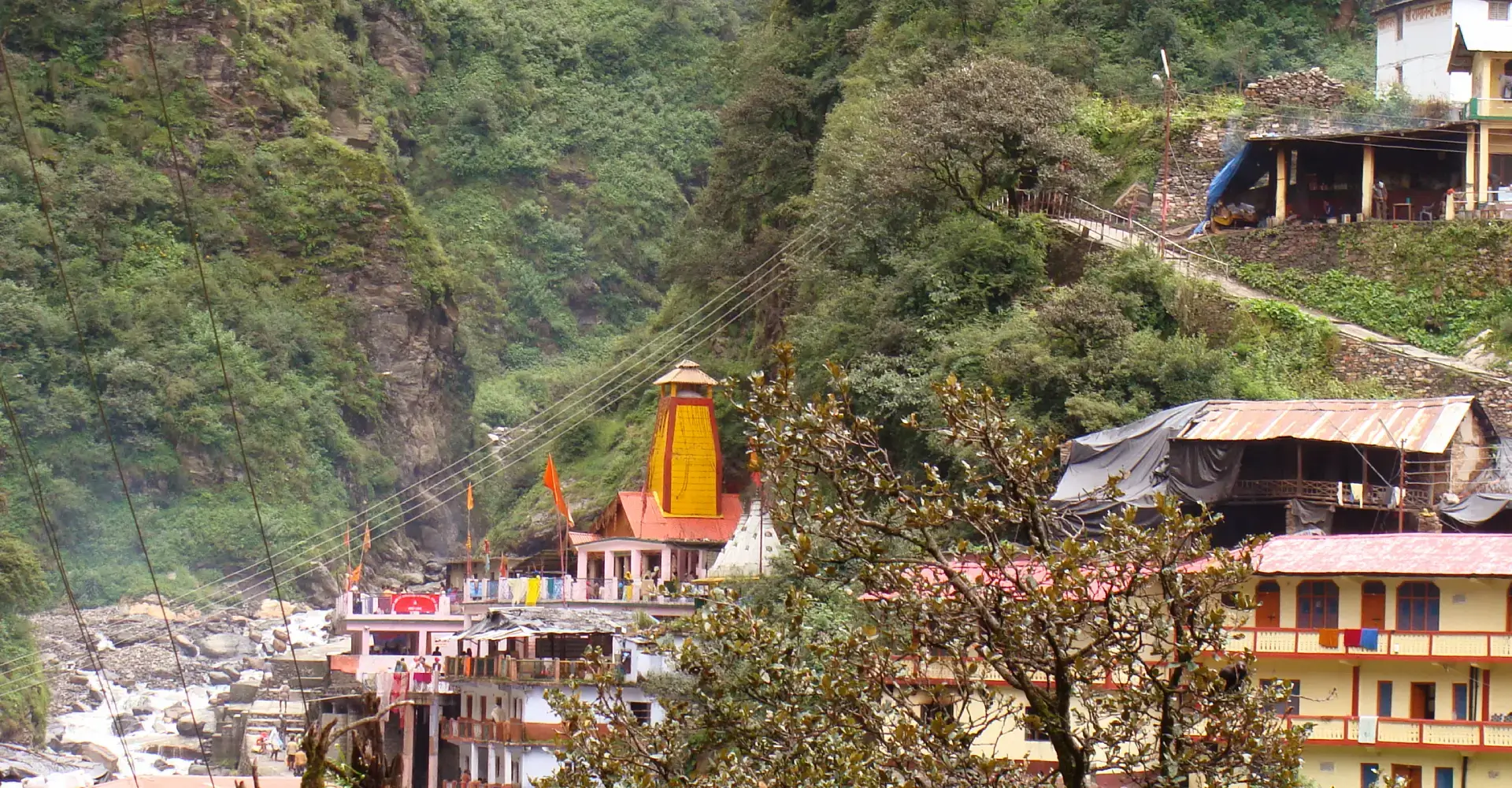Embarking on the Char Dham Yatra in Uttarakhand is more than just a pilgrimage-it’s a once-in-a-lifetime spiritual and adventure journey. Spread across the Garhwal Himalayas, the Char Dham—Yamunotri, Gangotri, Kedarnath, and Badrinath attracts millions of devotees and travelers each year. While modern transport makes parts of the journey easier, trekking still plays a significant role, especially when reaching sacred shrines like Yamunotri and Kedarnath.
If you’re planning to experience the Yatra with a trekking twist, this guide offers practical tips, first-hand insights, and expert recommendations to make your journey both safe and memorable.
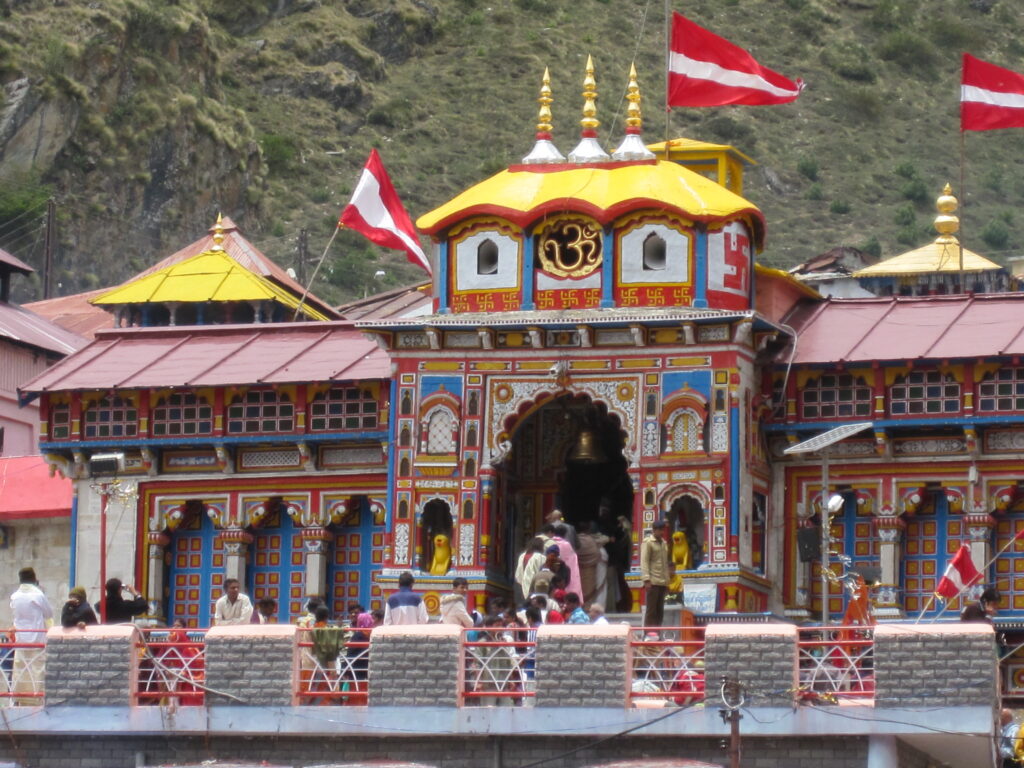
Why Trekking is an Integral Part of Char Dham Yatra
Unlike regular sightseeing tours, the Char Dham Yatra takes you deep into the mountains. Pilgrims often cover steep paths, rocky trails, and unpredictable weather conditions. Trekking brings you closer to nature and spirituality, but it also requires preparation.
- Yamunotri: A trek of around 5 km from Janki Chatti.
- Kedarnath: A challenging 16–18 km trek from Gaurikund.
- Gangotri & Badrinath: Accessible by road, but short treks around these sites enrich the experience.
Understanding these routes beforehand ensures you pack wisely and prepare mentally for the journey.
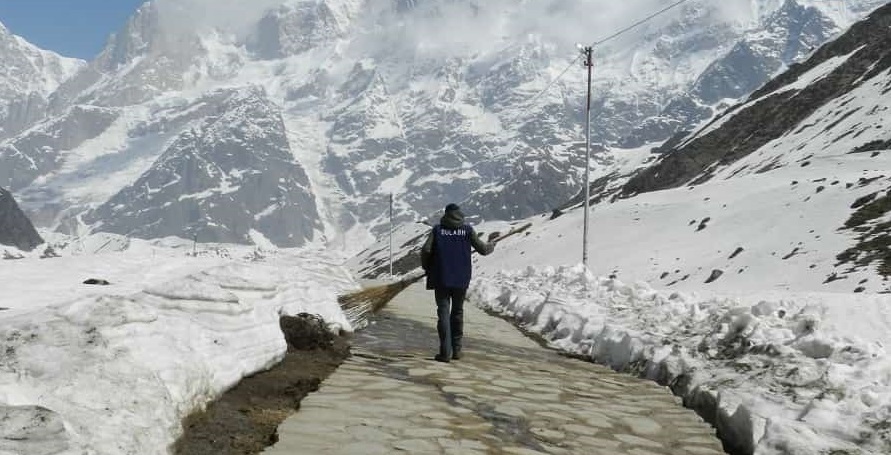
Experience: Learning from Those Who’ve Been There
Having completed parts of the Yatra myself, one lesson stands out: respect the mountains. Weather can shift dramatically within minutes, and trails that look simple may test your stamina. For instance, on the way to Kedarnath, the initial few kilometers are deceptively easy, but the incline gets steeper as you go higher. Watching elderly pilgrims complete the trek barefoot or chanting hymns while walking serves as a reminder that determination often outweighs physical limits.
Tip from Experience: Start your trek early in the morning (around 4–5 AM). You’ll avoid the midday heat, have more daylight hours for safety, and witness the serene beauty of the Himalayas as the sun rises.
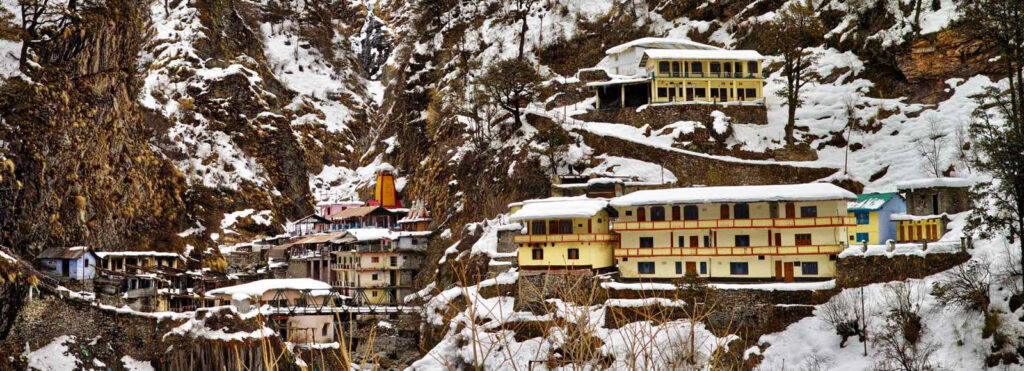
Expertise: Practical Trekking Tips for Char Dham
A successful trek is all about preparation. Here’s a breakdown of what experts recommend:
1. Physical Fitness
- Begin light cardio (walking, jogging, cycling) at least a month before your Yatra.
- Focus on leg strength through squats, lunges, and stair climbing.
- Practice walking with a small backpack to simulate the trek load.
2. Essential Packing List
- Clothing: Layered clothes, raincoat, woolens, quick-dry socks.
- Footwear: Sturdy trekking shoes with good grip. Avoid brand-new shoes—break them in beforehand.
- Gear: Trekking poles, torch/headlamp, water bottles, poncho.
- Health Kit: Basic medicines, first aid, pain relief spray, ORS packets for hydration.
3. Hydration & Food
- Carry a reusable water bottle and refill at natural springs or shops along the way.
- Pack energy bars, dry fruits, and glucose for quick energy boosts.
4. Acclimatization
The Char Dham sites are located at altitudes ranging from 3,000 to 11,000 feet.
- Avoid rushing. Walk slowly and steadily.
- Spend a day at a mid-point town like Guptkashi or Uttarkashi before heading to higher altitudes.
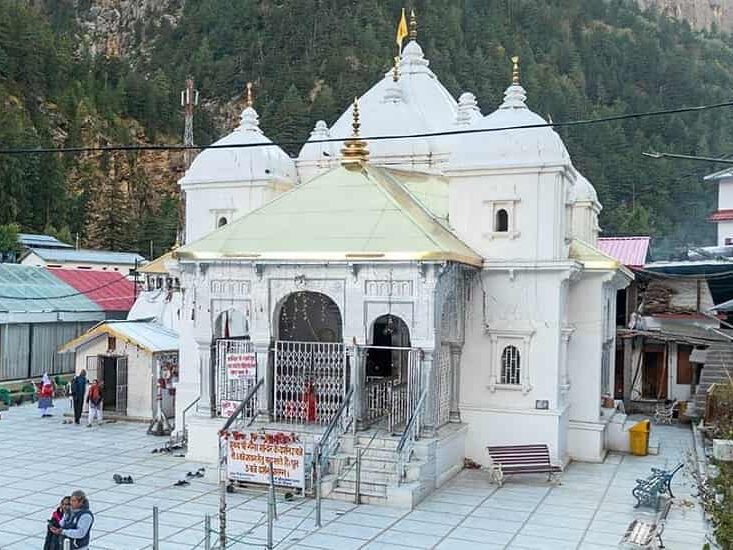
5. Safety First
- Always trek in groups or hire a local guide.
- Pony, palanquin, and helicopter services are available if needed—don’t hesitate to use them if health becomes an issue.
- Register for the Yatra through the official Uttarakhand government portal to ensure safety tracking.
Authoritativeness: Why These Tips Matter
The Char Dham Yatra isn’t just a religious trip it’s an endurance challenge in high-altitude terrain. Over the years, the Uttarakhand government and experienced trekking communities Like ticketstotrip have emphasized the importance of preparation. According to official records, thousands of pilgrims face health-related challenges each season due to lack of acclimatization and improper planning.
By following expert trekking guidelines, you’re not only ensuring your safety but also protecting others around you. Local authorities frequently advise travelers to carry proper ID, register for the Yatra, and respect the ecological sensitivity of the Himalayas.
Pro Insight: Hiring a licensed trekking guide or mule service in places like Gaurikund or Janki Chatti supports the local economy and provides you with added safety and cultural knowledge.
Trustworthiness: Ensuring a Reliable Yatra Experience
When it comes to the Himalayas, information is abundant but not all of it is reliable. The tips shared here are based on first-hand experiences, official guidelines from Uttarakhand tourism, and advice from local trekking experts.
To make your journey trustworthy and fulfilling:
- Stick to official routes marked by authorities.
- Avoid shortcuts or unmarked trails.
- Stay updated with local weather forecasts.
- Always respect local traditions and the environment (no littering, no loud music near shrines).
Most importantly, listen to your body. If you feel dizzy, short of breath, or extremely fatigued, stop and seek medical help immediately.
Bonus Tips for an Enriched Experience
- Spiritual Preparation: The Yatra is as much mental as physical. Meditation, light yoga, or even simple breathing exercises can help you stay calm and focused.
- Photography: Carry a lightweight camera or smartphone but avoid getting distracted. The mountains are best experienced with your eyes first.
- Local Interaction: Spend time talking to villagers, priests, or fellow pilgrims. Their stories often add depth to your journey.
- Eco-Friendly Trekking: Carry reusable bottles, avoid plastic bags, and respect the fragile mountain ecosystem.
Final Words
The Char Dham Yatra in Uttarakhand is a journey of faith, endurance, and discovery. Trekking along its sacred paths not only strengthens your body but also uplifts your spirit. By preparing well, listening to expert advice, and respecting the environment, you can ensure a safe and memorable Yatra.
Remember: It’s not about how fast you reach the shrine, but how meaningfully you experience the journey. Pack wisely, tread carefully, and let the Himalayas guide your soul.
Frequently Asked Questions
How difficult is the trek to Char Dham temples?
The difficulty varies. Yamunotri (5 km) and Kedarnath (16–18 km) require moderate trekking, while Gangotri and Badrinath are accessible by road with short optional treks nearby. With preparation, most healthy individuals can complete them.
Do I need a trekking guide for Char Dham Yatra?
Hiring a local guide is highly recommended, especially for Kedarnath and Yamunotri. Guides not only ensure safety but also share cultural and historical insights that enrich your journey.
What should I pack for trekking in Char Dham Yatra?
Carry sturdy trekking shoes, layered clothing, rain gear, trekking poles, a first aid kit, water bottles, energy snacks, and personal ID. Don’t forget woolens, as temperatures can drop even in summer.
What is the best time for trekking during Char Dham Yatra?
The Yatra season runs from April/May to October/November (depending on temple opening and closing dates). The best trekking months are May–June and September–October, when the weather is relatively stable.
Is Char Dham Yatra safe for elderly people?
Yes, but precautions are needed. Elderly pilgrims should consult doctors before the trip. Pony, palanquin, and helicopter services are available to ease the trekking burden.
How can I prevent altitude sickness during the Yatra?
Acclimatize properly by resting at mid-altitude towns, stay hydrated, walk slowly, and avoid overexertion. If symptoms like dizziness or breathlessness occur, seek medical help immediately.
Do I need to register before starting the Char Dham Yatra?
Yes, registration with the Uttarakhand government is mandatory. It helps track pilgrims for safety reasons and provides access to official support services.

